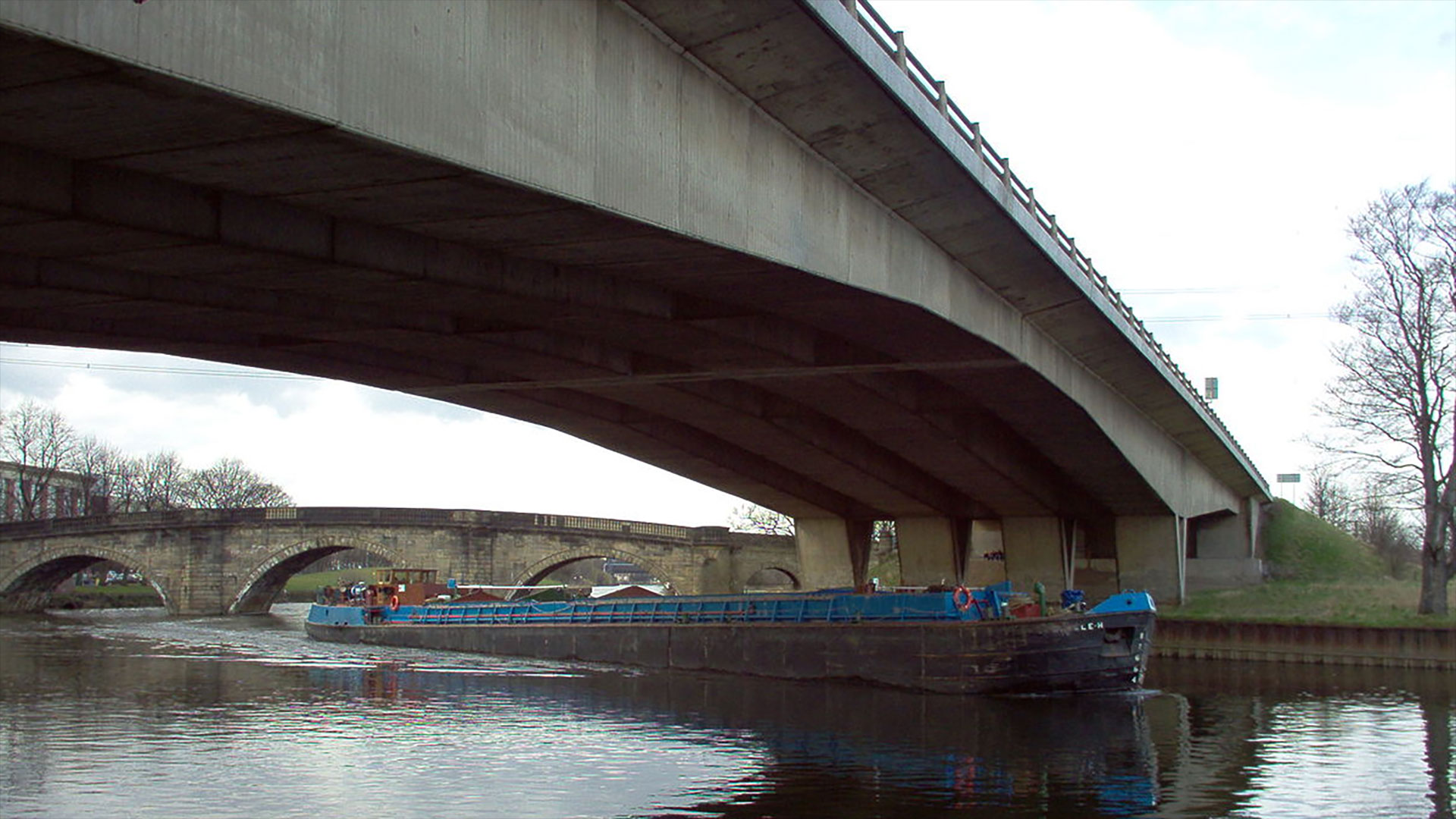

‘John Smeaton and the Calder Navigation’ by Lesley Taylor & Shirley Levons
12th December 2022 @ 7:00 pm - 8:30 pm
This is a joint meeting with South Yorkshire Industrial History Society (SYIHS)
Available both in-person and online.
Joining us IN PERSON – just turn up, there is no need to register
Joining us ONLINE- please use the Zoom Link below which will be live from about 6:30 pm on the 12th Dec.
If you wish to join us online the Zoom link is:- https://us02web.zoom.us/j/83188182714?pwd=MzREdldqaGN3UHAxeXBzVEdqeGlXdz09
Meeting ID: 831 8818 2714
Passcode: 562408
The meeting will start at a slightly later time of 7:00 pm and tea and coffee will be available from 6:00 pm. We look forward to welcoming you to what will be an interesting talk and discussion.
This talk will explore the background to the factors that lead to the River Calder being made navigable above Wakefield, and will cover the first four years of construction,1760-63, when John Smeaton, the engineer-in-chief wrote a weekly journal. This has been used as the basis of the talk (and our book) in combination with many other source materials such as plans, letters, minutes, accounts, Acts of Parliament and Parliamentary Journals.
It will outline the many years before the scheme gained Parliamentary approval, the people who drove the scheme forward, and the conflicts and disappointments they faced. The practical requirements will be brought into sharp focus: the planning, negotiating and financing, and the sourcing of labour, materials and equipment. As the work gradually progressed the story is often of difficulties faced on this volatile river and the disagreements which these setbacks caused.
About The Lecturers
Lesley Taylor and Shirley Levon are local historians from Wakefield with a shared interest in the eighteenth century. Upon retirement from teaching Lesley studied for an MA in local history at York University focusing on Wakefield in the eighteenth century. Shirley was a teacher who had researched her own family history for many years, but on retirement over twenty years ago became interested in local history, and the collaboration with Lesley developed. In 2014 they published a book based on the letters of two women who lived in Wakefield in the eighteenth century. Involvement in a project about Wakefield Waterfront led to the discovery of Smeatons’ Journal, and after considerable research, they based their recent book on the subject.
About The Venue
Please Note:- The parking arrangements at the Museum have changed and the car park adjacent to the river is now closed and is being used by the Museum Cafe and Bar as an outdoor seating area. Details of the new parking arrangements can be found at http://www.simt.co.uk/kelham-island-museum/plan-your-visit
